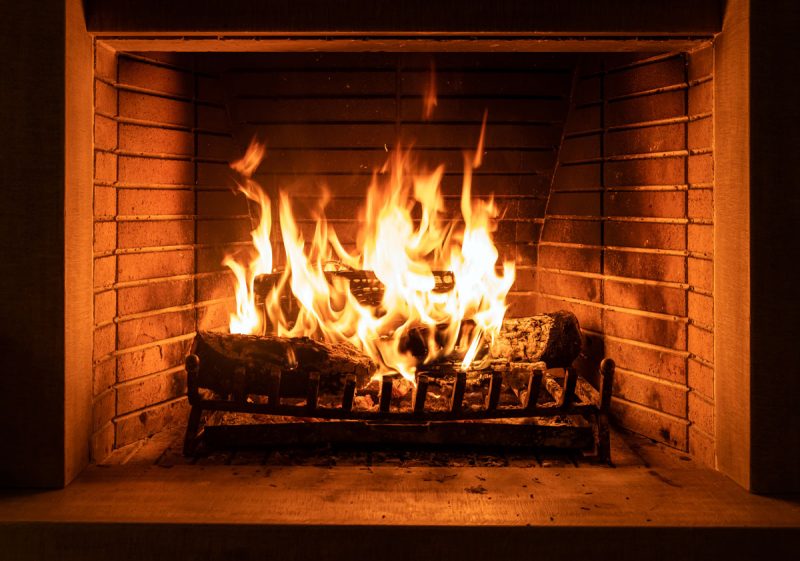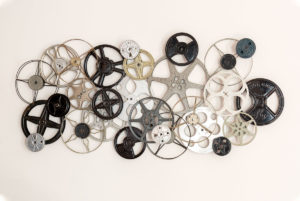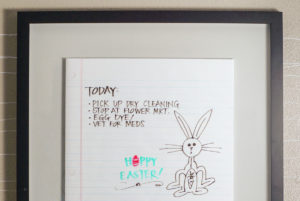With the cooler weather right around the corner, you may be dreaming of sitting in front of a roaring fire with your feet up. Fireplaces are a nice addition to any home. When well-maintained, they offer years of warm memories.
All of that, however, comes at a price. Fires can turn deadly. Caution is required. Poorly maintained fireplaces and chimneys lead to a large number of house fires each year. The good news is that by following a few simple steps with safety at the forefront, you can enjoy years of crackling fires.
savour… toasty toes
FIREPLACE BASICS
As with most things it is important for you to have a good understanding of some of the terms associate with the topic. For a fireplace the main components are:
- Mantle – The decorative piece that hangs over the fireplace on the exterior.
- Fire surround – The exterior of the fireplace around the opening.
- Firebox – The inside of the fireplace where the fire is made.
- Hearth – the horizontal exterior area just outside the firebox
- Flue – the part of the chimney that draws the smoke and gases up and out of the chimney.
- Throat – the opening to the flue.
- Damper – the mechanism the opens or blocks the throat.
Some quick tips for fireplace maintenance are:
- Have your chimney cleaned once per year by a professional. Don’t attempt to do it yourself. You may wish to hire someone during your spring cleaning. This will ensure that any build up (which is responsible for many fires) is removed.
- Invest in a chimney cover. This little item will prevent things like leaves, twigs, and debris from falling into your chimney. Some of those things can be highly flammable and cause problems for you later. This will also keep out the critters (like squirrels).
- Burn dry wood. Wet wood can cause build up in your chimney which can become unsafe. Take the time to allow your wood to dry out if not buying seasoned wood.
- Invest in a fireplace screen. They allow more airflow than glass and achieve the same overall goal.
Of course, none of this will matter if you don’t know how to start a fire, so here are the basics.
You will need:
- Tinder of some kind – newspaper, bark, brown paper bags
- Kindling – some small dry twigs would do fine.
- Smaller split logs
- Larger logs
- Fire source – matches, lighter
The steps:
- Ball up some paper into the size of an orange.
- Lay them in the bottom of the firebox under the grate where the logs will rest.
- Cover the balls with strips of newspaper.
- Loosely cover tinder with kindling. This should be laid with space in between and in a criss-cross pattern – five or six pieces diagonally in one direction covered with five or six diagonally in the opposite direction (sort of like lattice).
- Next place a couple of thin, split logs on top. Be sure to leave room in between for airflow.
- Light the tinder.
- When the split logs are burning consistently, place a larger log or two on top.
More you should know:
- Air is your friend when creating a good fire. Be sure to leave space between items for good airflow.
- Don’t be tempted to overfeed the fire. It may either put it out or cause it to burn uncontrollably.







